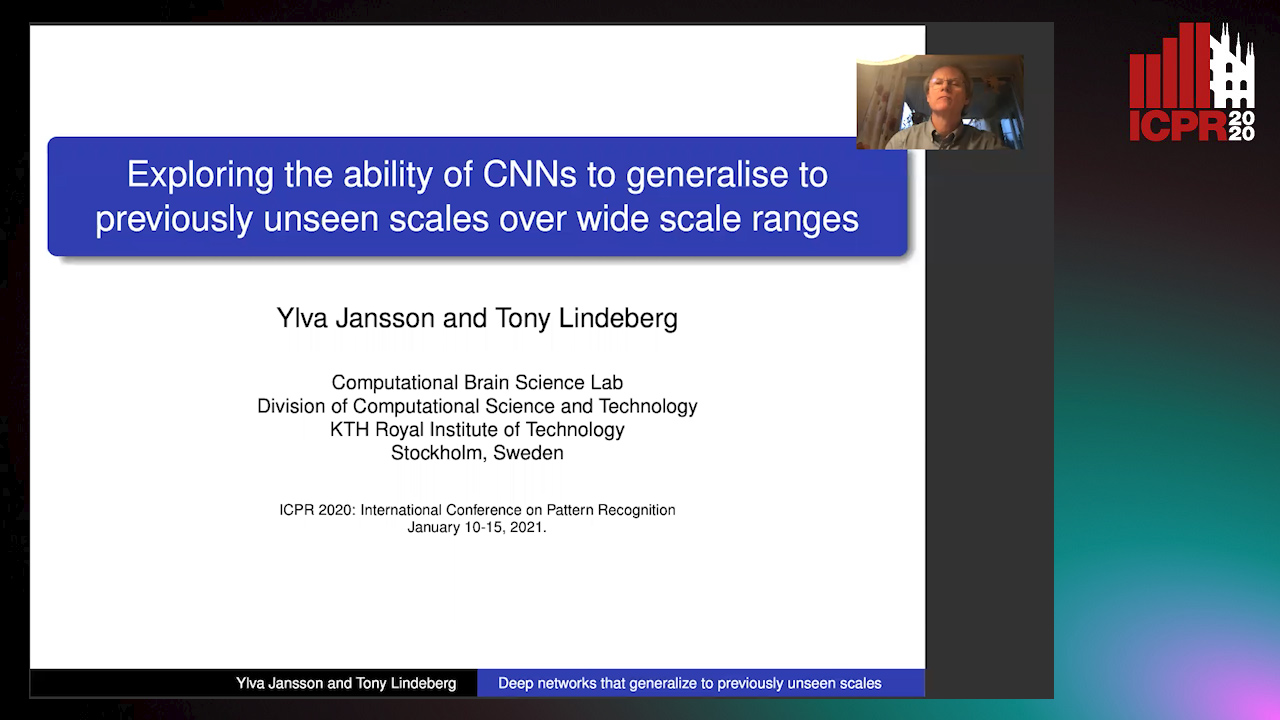Tony Lindeberg
Papers from this author
Exploring the Ability of CNNs to Generalise to Previously Unseen Scales Over Wide Scale Ranges

Auto-TLDR; A theoretical analysis of invariance and covariance properties of scale channel networks
Abstract Slides Poster Similar
Understanding When Spatial Transformer Networks Do Not Support Invariance, and What to Do about It
Lukas Finnveden, Ylva Jansson, Tony Lindeberg

Auto-TLDR; Spatial Transformer Networks are unable to support invariance when transforming CNN feature maps
Abstract Slides Poster Similar